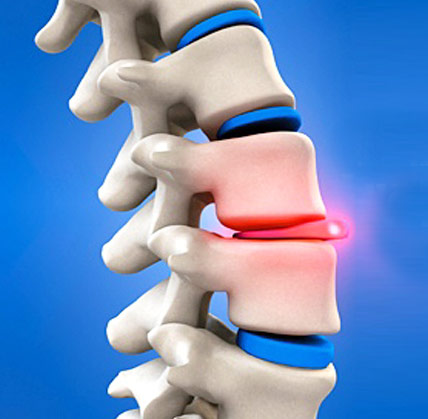Cervical Myelopathy
Tags:
Introduction
Cervical myelopathy is the compression of the spinal cord in the neck region. Because of the compression, the upper extremities like hands and arms have weakness and numbness along with neck pain and stiffness. Diagnosis is through physical examination and imaging techniques. Surgery is often the treatment for cervical myelopathy.
What Is Cervical Myelopathy?
The spinal cord starts from the brain and passes through the spinal canal. The spinal cord forms a network of nerves throughout the body. The fluid surrounds the spinal cord to protect it from trauma and other injuries.The area of the neck is the cervical region. Myelopathy is the compression of the spinal cord. Cervical myelopathy is, thus, defined as the condition in which there is a spinal cord compression in the cervical region. It is a degenerative and progressive condition. In the absence of treatment, the patient may have a loss of function and paralysis.
What Are The Signs And Symptoms Of Cervical Myelopathy?
The cervical myelopathy generally affects the patient’s upper extremity. The lower extremity may also be affected, which is characterized by weakness and wide gait. Following are the signs and symptoms of cervical myelopathy:- Radiating pain in the neck
- Limited motion of the neck
- Neck stiffness
- Limited motor tasks including combing hair or buttoning shirt
- Weakness in hands and arms
- Numbness in the upper extremities
- Hand clumsiness
- Poor hand coordination
- Not able to walk normally
What Are The Risk Factors Of Cervical Myelopathy?
Following are some of the factors that increase the risk of cervical myelopathy:Age: Elderly are more likely to get cervical myelopathy.
Smoking and alcohol: People who are obese and indulge in drinking alcohol and smoke are at increased risk for cervical myelopathy.
High impact sports: People who are involved in high-impact sports such as football are at risk for developing cervical myelopathy.
Profession: People who are into a work that requires putting a heavy burden on the back for a considerable period are at risk of having cervical myelopathy.
Underlying medical conditions: Underlying medical conditions such as infection, ischemia, and autoimmune diseases may increase the risk of cervical myelopathy.
What Are The Causes Of Cervical Myelopathy?
Following are the various causes of cervical myelopathy:- Slip disc
- Neck dislocation
- Neck fracture
- Bone spurs
- Arthritis
- Spinal infection
- Tumor of the spine
- Cervical Spondylolisthesis
- Traumatic injury
- Autoimmune disease such as multiple sclerosis
- Normal wear and tear of bone and spine
How Cervical Myelopathy Is Diagnosed?
The techniques used for diagnosing cervical myelopathy are:Physical examination: The doctors perform a thorough physical examination to determine the presence of cervical myelopathy. The doctor performs Lhermitte sign, Hoffman sign, Finger escape sign, hyperreflexia examination, crossed radial reflex, balance and spasticity issue examination, and Inverted radial reflex.
Imaging technique: The imaging techniques used for diagnosing cervical myelopathy include X-rays, Magnetic Resonance Imaging, Computed Tomography Myelogram, and determination of the Tog ratio.
Other tests: The other tests used for diagnosis include Somatosensory evoked potentials, Electromyography (EMG), and Visual evoked potential test (VEP)
What Are The Treatment Options For Cervical Myelopathy?
Cervical myelopathy is a progressive condition. Surgery is usually the option to avoid further deterioration. In case of structural pressure on the spinal cord, neurologists recommend immediate surgery. There are various types of surgery for cervical myelopathy including Laminoplasty that is performed to expand the spinal canal, Cervical decompression surgery, vertebral fusion surgery, and Laminectomy.About Doctor
Dr. Vikas Kathuria is a dynamic Neurotherapist or Neurosurgeon specializing in brain and spine related surgical and Non-surgical Procedures. He Did graduation and post graduation from PGI Rohtak, Haryana, India and further did super specialization in Neurosurgery from Sheth Vadilal Sarabhai General Hospital and Medical College, Ahmedabad, Gujarat, India.


Comments
Post a Comment